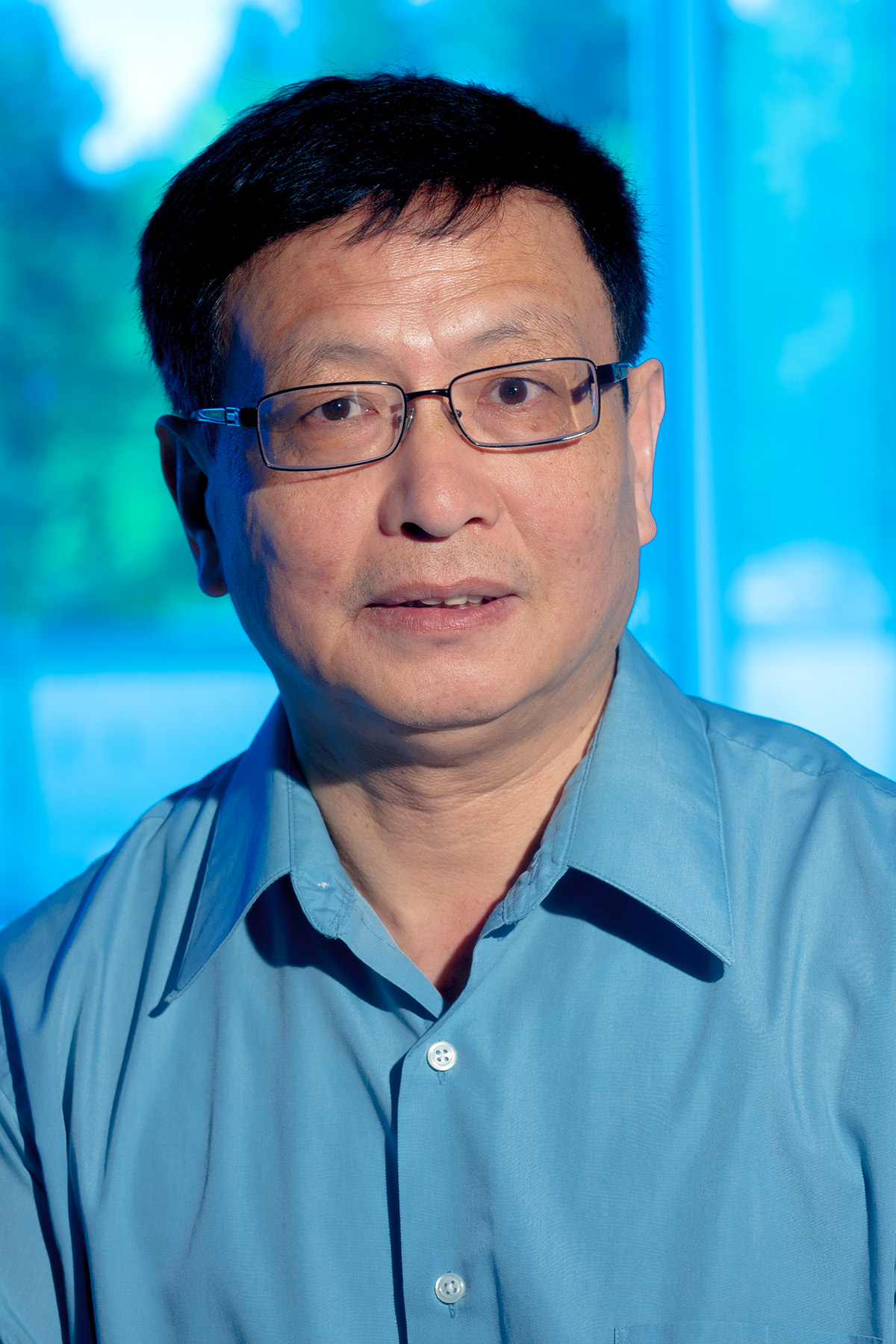There have been two well-publicised mathematical and scientific breakthroughs in the news recently, that have got the community all a-buzz, and that illustrate two quite different approaches to advancing understanding.
 |
| Yitang Zhang |
In the first, a "virtually unknown" mathematician has made a breakthrough in the
twin prime conjecture, a deep question in number theory. A beautifully clear write-up from the
Simons Foundation explains both the mathematical problem, and the process by which Zhang's contribution was handled by the mathematical community. Zhang wrote a paper and submitted it to the
Annals of Mathematics, a highly respected journal. There is was refereed, and swiftly accepted, since, not only was it correct, it was "written with crystalline clarity and a total command of the topic’s current state of the art". Being right is crucial, but being comprehensible to the community is also important: it is hard to check someone's work if they have written it in a language all their own. So, kudos to Zhang for his achievement, and to the mathematical community for recognising it.
 |
| Eric Weinstein |
The second well-publicised "breakthrough" is
Eric Weinstein's "Geometric Unity", a contribution to particle physics. Or is it? Here we have another unknown worker, but this time his idea has been launched on the world through a
public lecture and a
newspaper article written by his sponsor and friend, mathematician Marcus du Soutoy. No publication, no journal submission, not even an unrefereed pre-print, and so no peer scrutiny is possible. Several commentators, including writers at
New Scientist and
Scientific American, and many science bloggers, have been highly critical of this process that amounts to "science via press conference".
 |
| Andrew Wiles |
So, two announced breakthroughs by virtual unknowns, given two very different receptions. Why the difference? Well, because the conduct of science and mathematics is a
process, not (just) a result. It's not some bizarre club, where you have to go through the right channels, jump through the community's hoops, in some arbitrary hazing process. Those hoops are there for a
reason. It is so very easy to make a mistake, and the hoops are part of the process to help ensure that any mistakes are caught. Remember the story of
Andrew Wiles, slaving away in secrecy for seven years, proving Fermat's last theorem. Well, his first proof had a flaw. Fortunately, the error was correctable, after a lot of effort, and his proof stands. But other equally eminent mathematicians have thought they had made breakthroughs, only for peer review to determine otherwise.
Peer review is an essential part of the scientific
process. It's not there to keep out "outsiders". It's there to keep out
errors. Put up or shut up. And show your working.






No comments:
Post a Comment